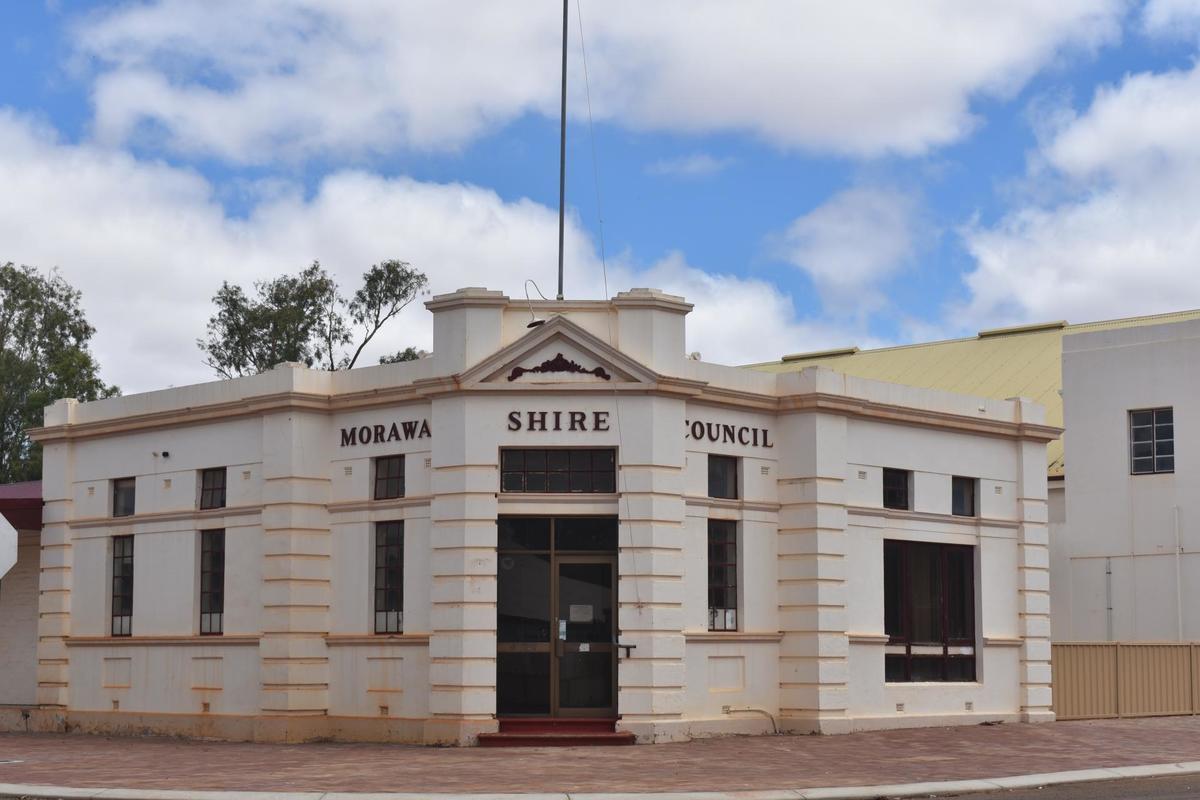
The Shire of Morawa is situated in the North Midlands region of Western Australia.
The Shire of Morawa has a multi million-dollar health centre, excellent education options, first rate sporting facilities, and thriving community services. Predominantly an agricultural based Shire, Morawa boasts excellent tourism facilities and attractions (particularly during the Spring wildflower season), a rich history, and an active mining industry.
Tourism is an increasingly important role in our Economic Development and the Shire is actively looking at ways to diversify and increase our Tourism options for visitors to the region across the year.
From Perth, Morawa is located approximately 370kms due north, meaning that this is less than a 4 hour drive from Perth.
From Geraldton, Morawa is east, south east, and is approximately 180km.
From the coastal town of Dongara, Morawa is approximately 114 kms east.
Our Shire is bordered by the Shire of Mullewa to the North, Perenjori to the South, Mingenew and Three Springs to the West and Yalgoo to the East.
According to the 2016 Australian Bureau of Statistics the Shire of Morawa supports a population of approximately 750 people. Of that, 16.6% identify as being Aboriginal and/or Torres Strait Islander. For more details please see ABS Quick Stats Morawa
The Shire of Morawa covers just over 350,000 hectares (3,528 km²) consisting of agricultural and pastoral land, mining leases, Crown land, reserves and townsites.
The area of remnant vegetation in the Shire equates to 22,224 hectares of private land, 54,007 hectares of public land and 15,825 hectares of private land modified for grazing purposes.
Our region is renowned for a diversity of flora that is seldom equalled, with this being attributed to the diversity of landform and soil types that are present within the district. In the Shire of Morawa you will see everything from large flat plains, to rolling hills and rugged breakaway country. Approximately 12,800 hectares of land in the Shire is salt affected land or salt lakes.
Soil types are primarily York Gum soil (light/heavy) interspersed with Salmon Gum clay. The light land soils are yellowish brown sands or clayey sands, normally 1 metre in depth overlying laterite or gravel. Numerous hydrological surveys have been conducted over recent years.
Morawa experiences warm to hot, dry summers and mild, wet winters. The climactic conditions can be described as being semi-arid with hot and dry summers. Summer temperatures can average around the 40° celsius or 104 degrees fahrenheit mark. Morawa tends to experience and mild to cool, slightly wetter winters. Rainfall is mainly during the winter and spring months with total average rainfall being reported at approximately 337 mm per year.
The economy of the district is firmly based on cereal and legume crops and wool. For a short time during the late 1960's and early 1970's, iron ore was mined at Koolanooka Hills. In 2006 mining recommenced at Koolanooka Hills giving our Shire a great economic boost.
Morawa is an Aboriginal name, first shown on maps of the area for a rock hole in 1910. It is possibly derived from "Morowa" or "Morowar", the Dalgite, a small marsupial which burrows into the earth. A Dalgite is a type of bilby. Another possible meaning is "the place where men are made". This is probably a reference to initiation ceremonies conducted in the area by the Aboriginal inhabitants.
No Data Found!

